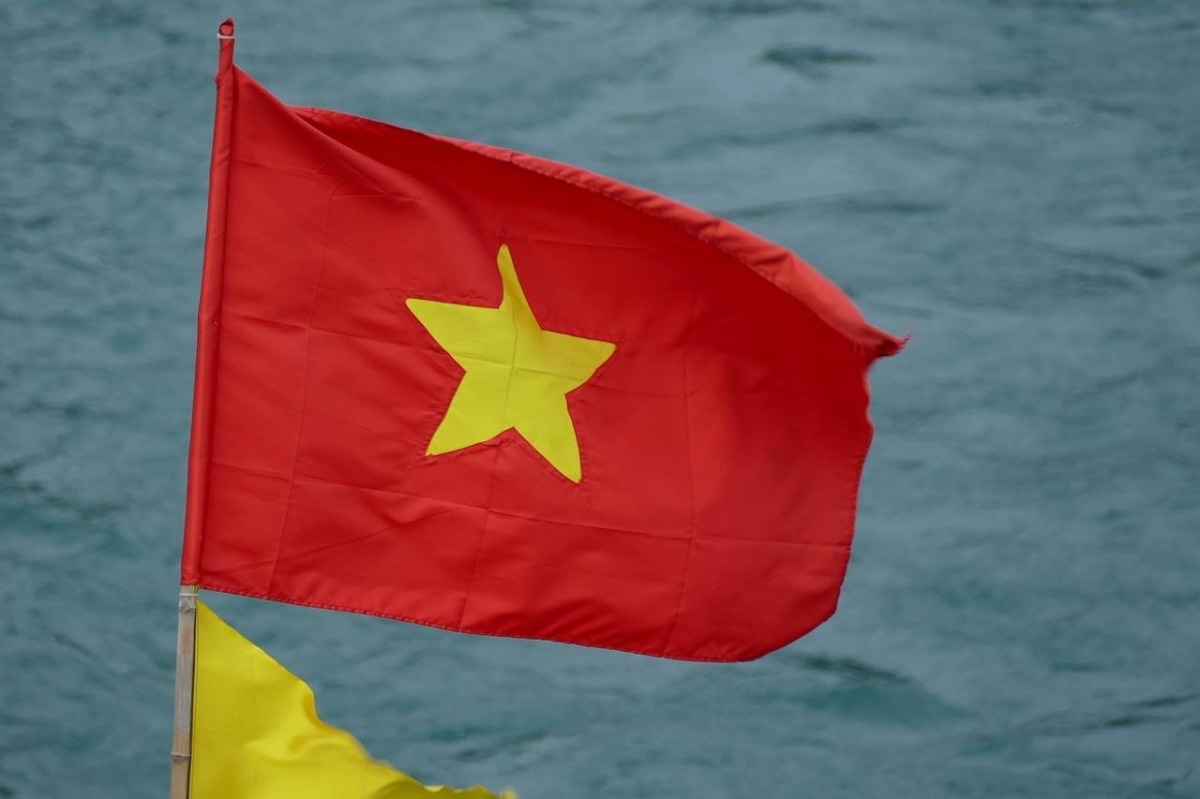While the Philippines has been focused on deterring China’s aggression in the West Philippine Sea, Vietnam has been quietly stepping up its island expansion projects in disputed features in the Philippines’ exclusive economic zone (EEZ). From 2022 to 2023, Vietnam has reclaimed another 133 hectares of land to help develop disputed reefs and atolls in the South China Sea that have been under their control for decades, according to an updated report by the Asia Maritime Transparency Initiative (AMTI).
In comparison to the previous decade, where Hanoi created only 50 hectares of land in areas subject to overlapping claims, Vietnam has significantly increased its island expansion efforts. This brings the total area that Vietnam has reclaimed to 300 hectares, making it the only other claimant besides China that has undertaken such extensive island expansion in the South China Sea.
According to the AMTI report, Vietnam is currently conducting reclamation work in at least five features, all of which are also claimed by the Philippines. The largest Vietnamese-occupied feature in the South China Sea is Magsaysay (Barque Canada) Reef, where more than 80 hectares of new land have been created. Nearby Hizon (Pearson) Reef and Binago (Namyit) Island have also seen the addition of approximately 65 and 49 hectares of land, respectively. Binago Island is the 12th largest naturally-occurring feature in the Spratly Islands and the fifth largest among the Vietnamese-administered islands. Bailan Island (Sand Cay) and Lopez-Jaena (Tennent) Reef, both occupied by Vietnam, were also expanded by 33 and 25 hectares, respectively.
The AMTI report further reveals that Vietnam began dredging activities at two additional outposts in the South China Sea in October 2023. These developments highlight Vietnam’s continuous efforts to strengthen its presence in the disputed region.
Herman Tiu Laurel, President of the Manila-based think tank Asian Century Philippines Strategic Studies Institute (ACPSSI), sheds light on Vietnam’s expansive claims in the Spratlys. He states that Vietnam claims all of the Spratlys and has built facilities in at least 25 islands, rocks, and features, three times more than what the Philippines currently occupies. Laurel also points out that Vietnam took control of Pugad Island, which was once held by the Philippines, in 1971.
Laurel emphasizes that Vietnam has traditionally been the most belligerent competitor of the Philippines over the Spratlys. While China’s presence in the area gained attention after the United States’ “Pivot to Asia” in 2011, which led to the construction of seven island installations by Beijing, Vietnam has been quietly accelerating its island-building projects and outpost expansions. The Scarborough (Bajo de Masinloc) Reef stand-off in 2012, triggered by the Philippine Navy’s arrest of Chinese fishermen, further heightened tensions in the region. In response, the Philippines filed an international case against China in the arbitration court in The Hague, Netherlands, employing “lawfare” in 2013. The court invalidated China’s nine-dash line claim over the entire South China Sea in 2016, while upholding the sovereign rights of the Philippines in the area.
“Vietnam just watched and enjoyed the tension between the Philippines and China while it silently accelerated its island-building projects and the expansions of its outposts,” says Laurel.
It is important to note that other countries, including Brunei, Malaysia, and Taiwan, also have claims in the South China Sea, further complicating the situation in the region.
Vietnam’s ongoing island expansion projects highlight the complex dynamics and competing interests in the South China Sea. As tensions continue to rise, it is crucial for all parties involved to seek peaceful resolutions and adhere to international laws and agreements to maintain stability in the region.







